Order Form Samples
-

Burial Order Form
download now -

Child Arrangement Order Form
download now -

Food Order Form
download now -

Material Order Form
download now -

Work Order Form
download now -

Word Order Maintenance Request Form
download now -
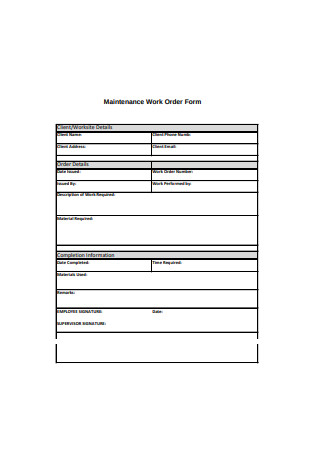
Maintenance Work Order Form
download now -

Work Order Form Sample
download now -

Work Order Request Form
download now -

Sample Work Order Request Form
download now -

Contractor Work Order Request Form
download now -

Machine Shop Work Order Form
download now -

Basic Work Order Form
download now -

Change Order Form
download now -

Design-Build Change Order Form
download now -

Change Order Request Form
download now -

Contract Change Order Form
download now -

Field Change Order Form
download now -
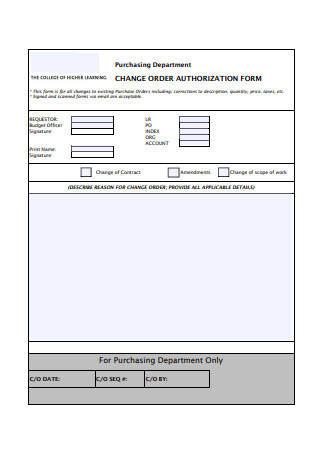
Change Order Authorization Form
download now -

Subcontractor Change Order Form
download now -

Purchase Change Order Request Form
download now -

Sample Change Order Form
download now -

Basic Change Order Request Form
download now -

Change Order Requisition Form
download now -
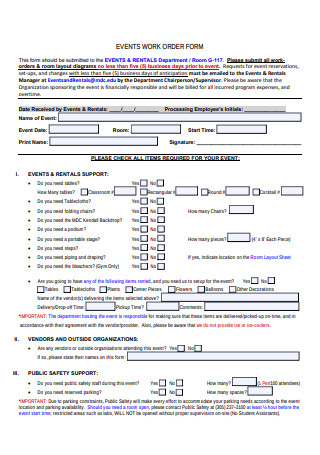
Events Work Order Form
download now -

Printable Work Order Form
download now -

Work Order Request Form Sample
download now -
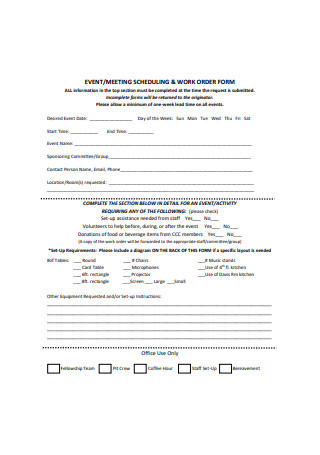
Event Work Order Form Example
download now -

Simple Work Order Request Form
download now -

Resident Work Order Request Form
download now -

Sample Work Order Request Form Example
download now -

Money Order Research Request Form
download now -

Money Order Customer Request Form
download now -

Money Order Payment Form
download now -

Money Order Claim Form
download now -

Purchase Order Request Form
download now -

Purchase Order Form
download now -

Purchase Order Form Sample
download now -

Purchase Order Request Form Sample
download now -

Basic Purchase Order Form
download now -
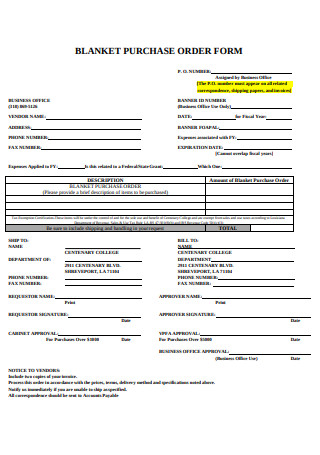
Blanket Purchase Order Form
download now -

Purchase Order Exception Form
download now -

Reseller Purchase Order Form
download now -

Sample Purchase Order Request Form
download now -

Purchase Order Form Example
download now -

Simple Purchase order form
download now -

Purchase Order Change Form
download now -

Purchase Change Order Request Form Sample
download now -

Standard Purchase Order Form
download now -

Simple Purchase Order Form Example
download now -

Book Purchase Order Form
download now -

Purchase Order Revision Request Form
download now -

Customer Purchase Order Form
download now -
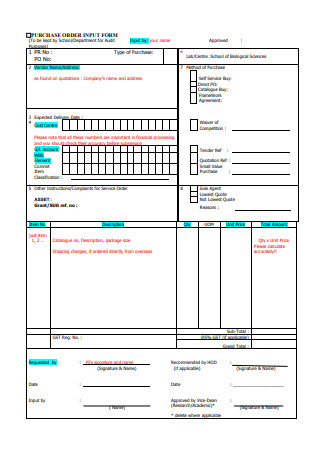
Purchase Order Input Form
download now -

Sample Purchase Order Change Request Form
download now -

Sample Purchase Order Form Template
download now -

College Order Form Template
download now -

Variation Order Form Template
download now
FREE Order Form s to Download
Order Form Format
Order Form Samples
What is an Order Form?
The Importance of Order Forms
How to Create an Order Form
FAQS
How can an order form improve business efficiency?
What are the advantages of using digital order forms over printed ones?
What key elements should be included in an order form?
How do recurring order forms benefit subscription-based businesses?
Can order forms be integrated with other business systems?

Order Form Format
Customer Details
- Name: _______________________________
- Phone Number: _______________________
- Email Address: _______________________
- Address:
Street: _______________________________
City: _________________________________
State/Province: ________________________
ZIP/Postal Code: ________________________
Order Details
| Item No. | Description | Quantity | Unit Price | Total Price |
|---|---|---|---|---|
| 1 | ||||
| 2 | ||||
| 3 |
- Subtotal: _______________________
- Tax (if applicable): ________________
- Shipping Charges: __________________
- Total Amount: _____________________
Payment Method
☐ Credit Card
☐ Debit Card
☐ PayPal
☐ Bank Transfer
☐ Cash on Delivery
Terms and Conditions
1. All orders are subject to availability.
2. Payment must be received before order processing.
3. Returns are accepted within 30 days of delivery, subject to terms.
Customer Signature
I agree to the terms and conditions.
Signature: ___________________________
Date: _______________________________
What is an Order Form?
An order form is a sales tool that customers use to request for merchandise or services from a business. It’s often used in direct marketing to allow customers to communicate information directly with retailers or manufacturers. It contains details about the order and the party placing the order for the receiving end to process the data efficiently. By summarizing the needs of a customer accordingly in a single document, orders may be processed more smoothly for a successful transaction.
Although printable order forms have been around for decades, many businesses have begun to adapt to the modernized method of data collection through online order forms. Many of us are guilty of placing our orders in, as we scroll tirelessly through different shopping apps. A study by Statista even found that 46% of global online shopping orders were made by smartphone users as of early 2019, in which shoppers with Android devices had online orders that valued at approximately 67.96 U.S. dollars. You can also see more on Requisition Froms.
In cases where order forms are a key part of the business process, customers fill in the form, receive an invoice, and wait for their orders to arrive.

The Importance of Order Forms
One of the easiest ways to collect data for your business is through a form. You’ll find all kinds of business forms used for different intentions, but with a common aim of acquiring important information from users. In a sales cycle, a sample form lets you persuade prospects to make a purchase, monitor your sales funnel, evaluate your conversion rates, and store individual records of customers. These documents can come as an advantage to both the company and its consumers as it allows the business to list out its offers in detail for a customer’s convenience. Users can fill out these forms before initiating payment as they go through the crucial stages of the sales cycle.
Many small businesses and global corporations utilize custom-made order forms that are easy for users to fill. Once a customer submits the form, the data reflected in the document will then be forwarded to the designated departments for processing. Employees may quickly scan each column to find the data required to process the order before filing an invoice. It saves a lot of time for staff members to accommodate more requests as they continue with their daily operations. You can also see more on Purchase Order Forms.
As for securing business deals with other entities, many government agencies use order forms when venturing with private firms to not only validate the relationship but to also produce a record of the product or service availed. Having an order form for different company-related tasks is sure to expand and improve your scope, allowing the business to grow. You can also see more on Request Form.
How to Create an Order Form

Step 1: Define the Purpose
Identify the specific requirements your order form will fulfill, such as managing sales, processing online orders, or tracking inventory. Ensure it aligns with your business needs and includes all relevant fields, such as customer information, product details, and payment options.
Step 2: Choose a Format
Decide whether the form will be digital, printed, or both. For digital forms, consider user-friendly templates or tools like Google Forms or order management software. Printed forms should have a professional layout, ensuring readability and space for handwriting. You can also see more on Work Order Forms.
Step 3: Include Essential Fields
Add key sections, such as customer details (name, contact, address), product/service description, quantity, pricing, payment terms, and signature. Ensure these fields are easy to fill and logically organized.
Step 4: Add Branding
Incorporate your company logo, colors, and fonts to create a professional and recognizable form. This enhances trust and reinforces your brand identity with customers and partners. You can also see more on Supply Order.
Step 5: Test and Revise
Before implementing, test the form for ease of use and clarity. Share it with colleagues or a focus group for feedback. Address any issues to ensure it meets customer expectations and serves its intended purpose effectively.
An order form is more than just a document; it’s a bridge between buyer and seller, ensuring clarity, accuracy, and efficiency in transactions. Whether digital or printed, it reflects a company’s professionalism and commitment to customer satisfaction. By incorporating essential details and branding, businesses can enhance their order management processes and strengthen customer relationships. You can also see more on Work Forms.
FAQS
How can an order form improve business efficiency?
Order forms streamline operations by collecting all necessary details in one place, reducing errors, speeding up processing, and facilitating better record-keeping and inventory management.
What are the advantages of using digital order forms over printed ones?
Digital forms are more efficient as they enable real-time data capture, automation, and easy integration with other software. They reduce costs associated with printing and physical storage. You can also see more on Construction Request Form.
What key elements should be included in an order form?
An order form should have customer details, product descriptions, quantities, pricing, payment terms, shipping/delivery information, and space for a signature or digital confirmation.
How do recurring order forms benefit subscription-based businesses?
Recurring order forms simplify repeat transactions, saving time for both the customer and the business. They ensure consistency and improve the customer experience.
Can order forms be integrated with other business systems?
Yes, order forms can integrate with inventory management, CRM, and accounting software, providing a seamless workflow and enhancing overall efficiency. You can also see more on Quotation Form.
